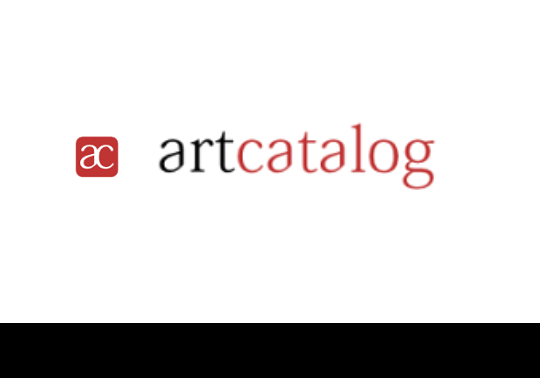
Artcatalog was born with the objective of clarifying the latent gears of the catalog production processes as creators and intermediaries of knowledge of the History of Art throughout the 19th and 20th centuries.
It is a project in which professinals from various universities participate, among which are, in the scientic-technical team, Xesqui Castañer (Director of the Master in Art History and Visual Culture of the UV) and, in the team, of work, Eugenia Rojo (FPU fellow by the UV)
The catalog constitutes one of the text-narrative structures that have intervened in a more decisive way in the construction and modeling of artistic knowledge, and in the elaboration of their stories and discourses (legitimizing or delegitimizing them). In fact, the construction of art history is based on a process of categorization of cultural products, and on a dynamics of inclusions and exclusions, hierarchies and silences, of which the catalog constitutes a cardinal instrument. For this reason, we consider that the objective of this project is to unravel the mechanisms that underlie the catalog production processes as generators and mediators of knowledge, materialized in diverse stories and discourses; and to inquire into the knowledge model that it implies –that is, in its epistemology- is of vital importance to understand, in the first place, why we know –and, therefore, we study- artistic facts in a certain way; and secondly, how the complex and variable epistemological and discursive framework of Art History has been built throughout the 19th and 20th centuries.
Despite this vertebral nature, a systematic investigation of the catalog in these terms has not been undertaken to date and Artcatalog comes to fill an important gap in the studies dedicated to the better knowledge of the modern construction of the History of Art.
Within this general framework, ArtCalog focuses its attention on the analysis of catalogs related to Spanish art or with Spanish artists, produced in Spain and outside of Spain, throughout the 19th and 20th centuries. This definition of the field of action allows us to verify the initial assumptions around the catalog by virtue of a certain plot axis and from a transnational perspective.
The fundamental objective of this project is also to contribute to the implementation of new methodologies and the development of new interpretive models. In this sense, the analysis incorporates, on the one hand, the intellectual framework associated with network theory, and more specifically with Bruno Latour's Actor-Network theory, which describes the production of knowledge as the result of relationships established between actors. heterogeneous that establish diverse networks over time. Thus, along with its text-narrative nature, ArtCatalog also explores the catalog as a space for mediating these interactions.
Likewise, it integrates a series of analysis strategies related to computational processing and visualization of large data sets (network analysis, mapping, clustering, KDD techniques, etc.). These strategies allow us to ask new questions about the production and circulation of knowledge associated with the catalog by making possible a multiscale analysis –from the macro-global to the micro-local-, and allow us to investigate the logics (patterns) that define these processes.
Consequently, one of the crucial objectives of this project is the construction of a structured data repository (DataCatalog) on artistic catalogs that makes their processing possible according to the proposed strategies.








